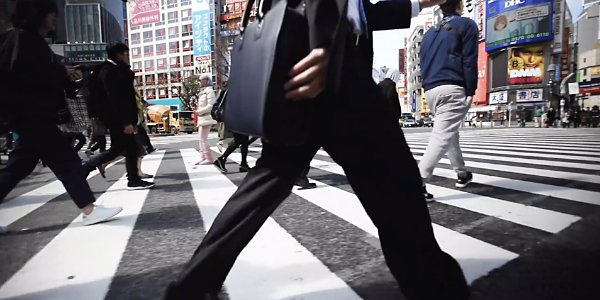Some Known Details About Street Photographers
Some Known Details About Street Photographers
Blog Article
Indicators on Street Photographers You Should Know
Table of ContentsThe Ultimate Guide To Street PhotographersGet This Report on Street PhotographersThe Street Photographers PDFsEverything about Street PhotographersHow Street Photographers can Save You Time, Stress, and Money.
Road digital photographers do not necessarily have a social function in mind, yet they like to isolate and catch minutes which might or else go undetected.He was affected by numerous of those that affected the road professional photographers of the 1950s and '60s, he was not chiefly interested in recording the spirit of the street., who functioned side by side with digital photographers trying to catch the essence of city life.
Due to the comparatively primitive innovation available to him and the long exposure time needed, he battled to catch the pressure of the Paris roads. He trying out a series of photographic techniques, trying to locate one that would certainly allow him to capture movement without a blur, and he found some success with the calotype, patented in 1841 by William Henry Fox Talbot. Unlike Atget, digital photographer Charles Marville was worked with by the city of Paris to develop an encyclopaedic record of Haussmann's metropolitan preparation task as it unravelled, hence old and new Paris. While the photographers' topic was basically the same, the outcomes were considerably various, showing the impact of the photographer's intent on the character of the images he produced.
The Greatest Guide To Street Photographers
Offered the fine top quality of his pictures and the breadth of product, architects and artists frequently acquired Atget's prints to use as referral for their own work, though industrial rate of interests were rarely his primary motivation. Rather, he was driven to photograph every last residue of the Paris he liked. The mingled enthusiasm and seriousness of his mission luster through, leading to pictures that narrate his own experience of the city, high qualities that anticipated street digital photography of the 20th century.

Unlike his peers, Brassa used a larger-format Voigtlnder cam with a longer direct exposure time, compeling him to be much more computed and thoughtful in his technique than he might have been if making use of a Leica. (It is thought that he might not have actually been able to manage a Leica at that time, however he did, however, make use of navigate to this website one in the late 1950s to take colour photographs.) Brassa's photos of the Paris abyss brightened by artificial light were a discovery, and the compilation of the series that he released, (1933 ), was a major success.

The 4-Minute Rule for Street Photographers
It is due to this basic understanding of the art of picture taking that he is usually credited with finding the tool throughout once more about a century because its invention. He took photos for greater than a half century and influenced generations of photographers to trust their eye and intuition in the moment.
These are the inquiries I shall try to answer: And then I'll leave you with my own interpretation of road digital photography. Yes, we do. Allow's start with specifying what a definition is: According to it is: "The act of defining, or of making something definite, distinct, or clear".
No, absolutely not. The term is both restricting and misdirecting. Sounds like a street digital photography must be images of a roads ideal?! And all road digital photographers, besides a handful of outright newbies, will totally value additional info that a street is not the crucial part to road photography, and actually if it's a photo of a street with maybe a couple of monotonous individuals not doing anything of passion, that's not road photography that's a snapshot of a road.
Not known Facts About Street Photographers
He makes a valid factor do not you think? While I agree with him I'm not certain "honest public photography" will certainly capture on (although I do kind of like the term "candid digital photography") because "street digital photography" has been around for a long time, with several masters' names connected to it, so I think the term is here to stay. Street Photographers.
You can shoot at the coastline, at an event, in an alley, in a park, in a piazza, in a coffee shop, at a museum or art gallery, in a city station, at an occasion, on a bridge, under a bridge ...
The 2-Minute Rule for Street Photographers
Yes, I'm afraid we terrified no choice! Without guidelines we can not have a definition, and without a definition we don't have a style, and without a category we do not have anything to specify what we do, and so we are stuck in a "rules meaning style" loop! - Street Photographers

Report this page